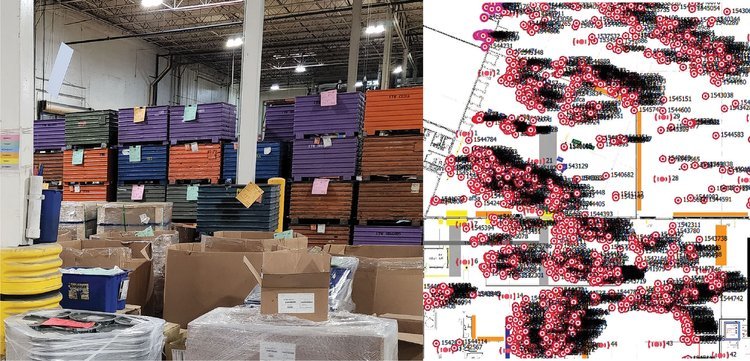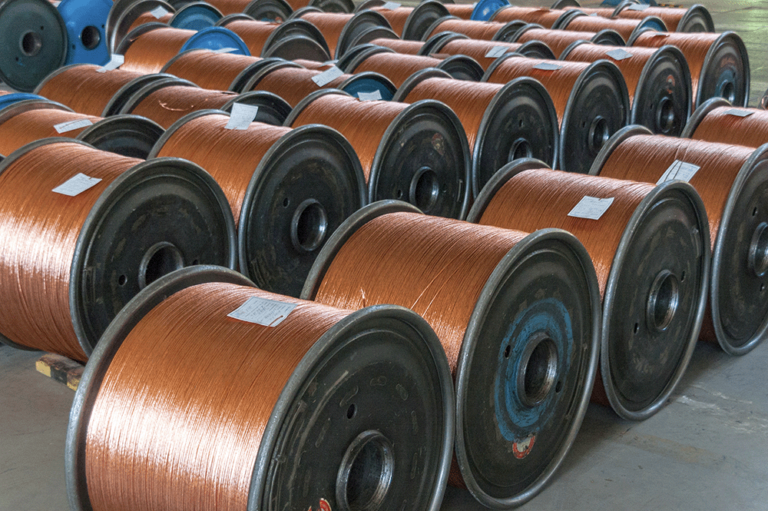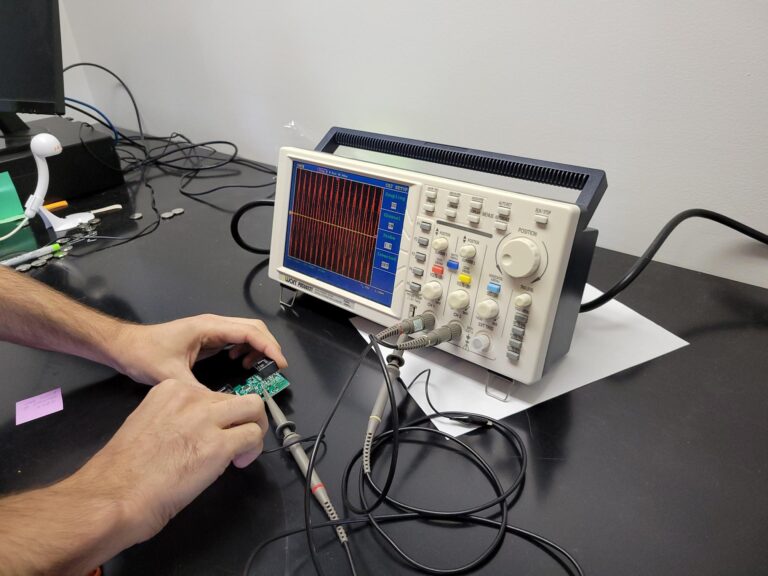
Work-in-progress (WIP) is one of the hardest aspects of manufacturing to control. As jobs move through complex, flexible production environments, manufacturers often rely on scans, manual updates, or after-the-fact reporting to understand where work stands. These approaches create blind spots which lead to lost work orders, inaccurate status updates, and bottlenecks. Without precise, real-time visibility into where work is actually located, even the best WIP systems fall short of delivering meaningful process control.
Why WIP Tracking Fails Without Precise Location Data
In a flexible job shop, work rarely moves in a straight line. Consider Order B—a batch of screws that must pass through Stations 1, 3, and 5 before shipping. After completing Station 1, Order B is staged near Station 3, but the operator is busy. As other jobs move through the area, Order B is repeatedly relocated and eventually misplaced.
Without real-time location data, the skilled operator at Station 3 must stop production to search for the missing order, delaying all downstream work. Barcodes and RFID offer no help. Once the item is out of sequence, it’s effectively invisible.
With high-accuracy RTLS, Order B’s container is continuously tracked. The operator instantly sees its precise location, retrieves it within seconds, and keeps work flowing. The result is less wasted motion, fewer delays, and measurable improvement in WIP throughput.
What Is RTLS and How It Supports WIP Tracking
Real Time Location System (RTLS) refers to technologies used to locate an object in real time. WISER’s patented Ultra-Wideband-driven (UWB) solution offers a highly-accurate real-time location and tracking system. Unlike RFID or a barcode where you need to scan every object, the WISER UWB RTLS system continuously provides current location and identity without line of sight between the tag and antenna. This data is then paired with other systems to incorporate useful information like batch identification, storage parameters, expiration dates, etc. The system delivers data identifying precisely where an object is at all times.
Some RTLS technologies, like WISER’s, can be paired directly with identification-only systems, such as barcodes or RFID. A paired solution can track where the bin of products is located at any moment, but also which/how many items may be in the bin. RTLS systems can be immensely powerful tools for deriving work in progress (WIP) metrics that improve productivity and the bottom line.
What Problems WIP Tracking Solves
Almost by definition, WIP involves multiple moving pieces. The scope of this juggling act can pose significant challenges for manufacturers, such as forecasting product completion, maintaining the right balance of inventory, and identifying sources of inventory loss or damage.
Manufacturers of all sorts have implemented various tools for WIP, asset tracking, and related process improvements. These range from clipboards to spreadsheets and dedicated WIP software and hardware solutions. The purpose of these WIP tracking measures is typically to deliver the following benefits:
- Cutting down the time spent on reporting
- Keeping a better pulse on product quality parameters
- Gathering fresh data on production cycles and schedules
- Identifying bottlenecks and choke points
- Auto-tracking inventory
- Preventing unplanned downtime
- Clarifying opportunities for improvement
- Increasing productivity—and revenue—overall
WISER’s RTLS system provides for all of the above, and its use of UWB makes WISER’s technology extremely precise even in metallic, reflective environments. Furthermore, WISER’s solution is unique in its ability to track thousands of items such as work orders and assets simultaneously in real time with minimal infrastructure.
Where previous generations of tracking technology enabled location accuracy within several meters, WISER’s UWB can often deliver location accuracy within inches.
It’s worth noting that UWB is an inherently short-range wireless band technology. Within the wireless spectrum, shorter ranges and emission requirements allow for low power consumption, less of an RF signature and consequently more security, and an increased density of tags. Inherently low-power combined with more accurate localization makes UWB an ideal wireless technology for precise location-based services.
How RTLS Automates WIP Tracking and Eliminates Manual Processes
As with other industrial automation technologies, a key benefit of RTLS is its potential to automate many manual, error prone processes. Scanning is a good example. Some factories install stationary automatic scanning stations or portals for every key step of their manufacturing journey. This means batches or individual components have a clear marker of progress and compliance at each juncture. However, the limitations of scanning technologies, make automatic scanning a challenging undertaking, and often impossible.
Eliminating Lost Work Orders with High-Accuracy RTLS: Case Study

WISER’s locate-and-track technology has no peers in cell-based manufacturing environments, where processes are often difficult to monitor due to the various steps a work order may take through production. Jobs are often processed through multiple stations in various orders and sometimes skip or repeat stations. Because this manufacturing process is so flexible, it is a real challenge to manage. As a result, lost inventory, wasted time and delayed processes often weigh on the bottom line. Precise WIP tracking can make a huge difference for these manufacturers.
Take for example, SWD, Inc., WISER’s customer that finishes customized metal parts. In a week, they may receive 500 orders to finish metal plates, specialized springs, bolts or screws, and other customized parts. To accomplish this, they use a WISER system to track 4000 parts continuously. The company’s ability to simultaneously track thousands of work orders in real time is critical to operating efficiently and maintaining customer satisfaction.
High-accuracy WIP tracking can be transformative for any manufacturing operation. Feel free to look at our WIP Use Cases to learn more.



